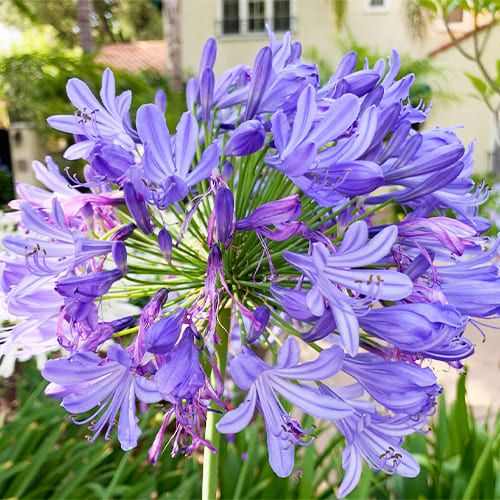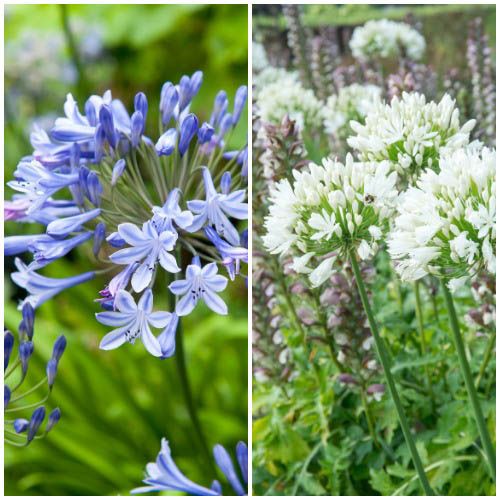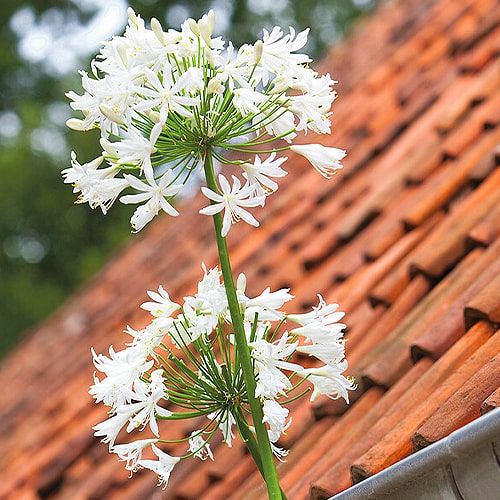Agapanthus (African Lily)
Agapanthus (African Lily)
Last Reviews
The African Lily (Agapanthus): celebrate summer
From purist white to sparkling blue: the flowers of the African Lily (Agapanthus) take you in an instant to a sunny holiday destination. Celebrate summer with the radiant flowers of these perennial plants growing both in pots on your patio and in the border.
Fascinating flowers
With its ultra-long stems, attractive green leaves and fascinating flowers made up of many individual little flowers, the African Lily is a striking perennial that produces a profusion of flowers all summer long. Its range of colors is perfect for summer: from pure white to just about every shade of blue from baby blue to navy blue. Its sparkling shades of aqua in particular remind you of the Mediterranean.
From driveways to gardens with a natural look

The African Lily will thrive in pots and containers in such locations as a patio, along a pond or (a very traditional use for them) along a driveway. A less well-known use for the African Lily is its use as a border plant. But it’s absolutely perfect for this! What about including African lilies and ornamental grasses in a formal, contemporary border? Stunning! If you prefer a more natural-looking garden, consider combining African lilies and various plants with white, blue and yellow flowers in a very casual planting scheme. More inspiration is available at perennialpower.nl.
African lilies: surviving the winter
African lilies are capable of surviving the winter in the border. The most frost-tolerant varieties are the deciduous ones. Just to be sure, cover the soil with a good thick layer of mulch such as fallen leaves or straw. The plant will then emerge again in the spring. Please note: the non-deciduous varieties should be potted up and moved to a frost-free location to spend the winter.














